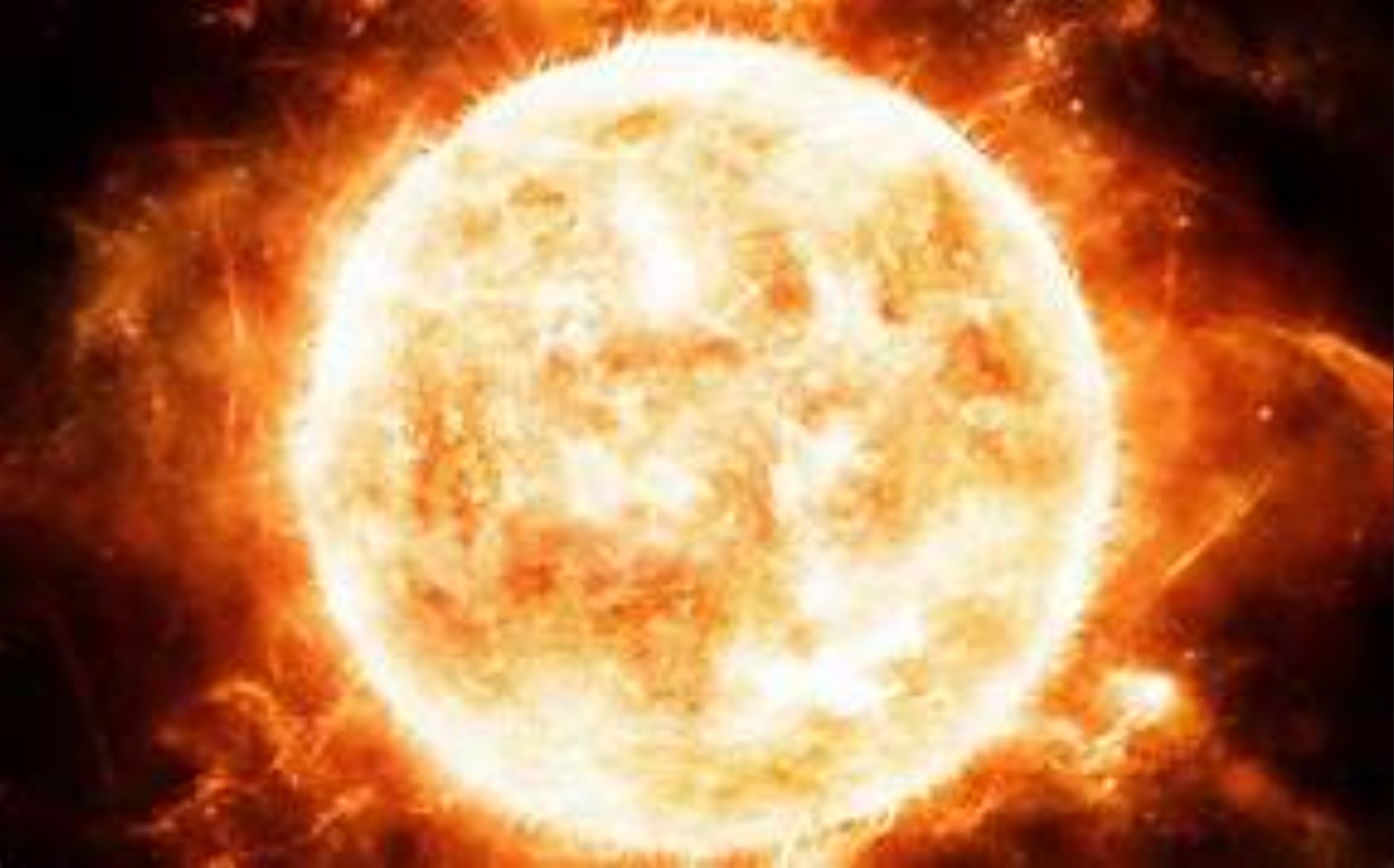New Oxygen Formation Mechanism Discovered, Redefining Search for Alien Life
Scientists have uncovered a novel pathway for oxygen (O₂) production in carbon-dioxide-rich atmospheres, which could reshape how we search for life on other planets. This groundbreaking study reveals that oxygen can form through non-biological means, challenging the notion that its presence is always linked to living organisms.
The Discovery
Led by researchers Shan Xi Tian and Jie Hu from the University of Science and Technology of China, the team explored how helium ions (He⁺) interact with carbon dioxide (CO₂). Their findings suggest that when alpha particles in solar winds collide with CO₂ molecules, helium ions can catalyze the creation of molecular oxygen.
This process, which occurs in planetary atmospheres rich in CO₂ and exposed to solar wind, may explain oxygen production on planets like Mars, even in the absence of life.
Experiment and Validation
Using advanced techniques like time-of-flight mass spectrometry and ion velocity mapping, researchers recreated the reactions in a controlled environment. By observing the collision of CO₂ and He⁺, they identified reaction pathways that lead to molecular oxygen formation.
"This method demonstrates how energy from solar winds can generate molecular oxygen from carbon dioxide," explained Tian.
Implications for Astrobiology
Traditionally, oxygen has been considered a marker of habitability and potential life. However, this study shows that abiotic processes can produce oxygen, prompting a reevaluation of how we interpret its presence on exoplanets.
David Benoit, a molecular physicist and astrochemist at the University of
Hull, emphasized the significance of these findings:
"This discovery
offers a new perspective, showing that oxygen signatures in planetary
atmospheres might not always indicate life."
Next Steps
The research suggests that this oxygen-formation mechanism should be incorporated into models predicting exoplanetary atmospheres. Cross-validation with astrochemical models and further observations could help identify planets where similar processes occur.
While this discovery complicates the search for life by introducing potential false positives, it also broadens our understanding of atmospheric chemistry and the conditions under which oxygen can exist.
As scientists continue to refine their models and techniques, this breakthrough may bring us closer to answering one of humanity's greatest questions: Are we alone in the universe?





























